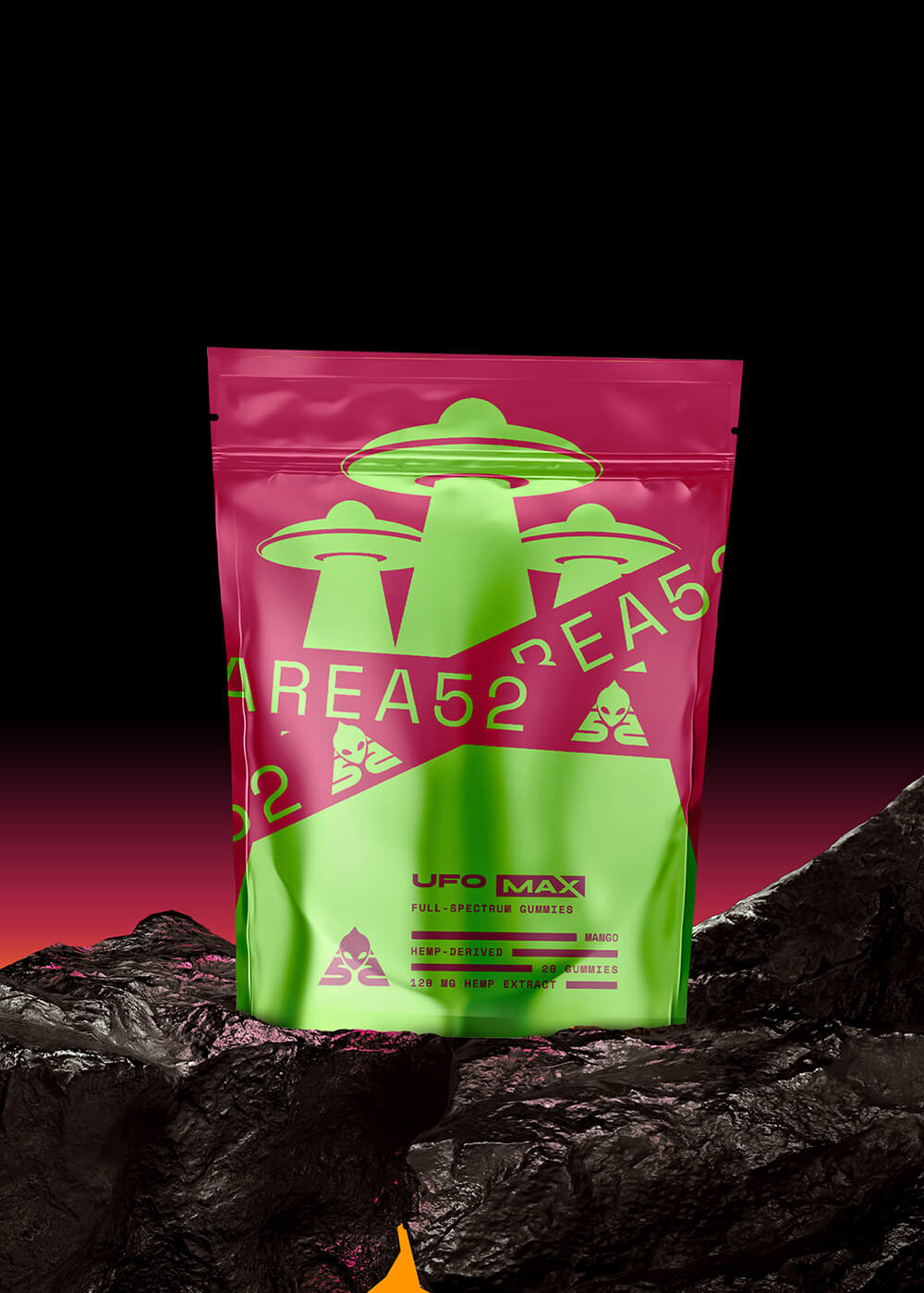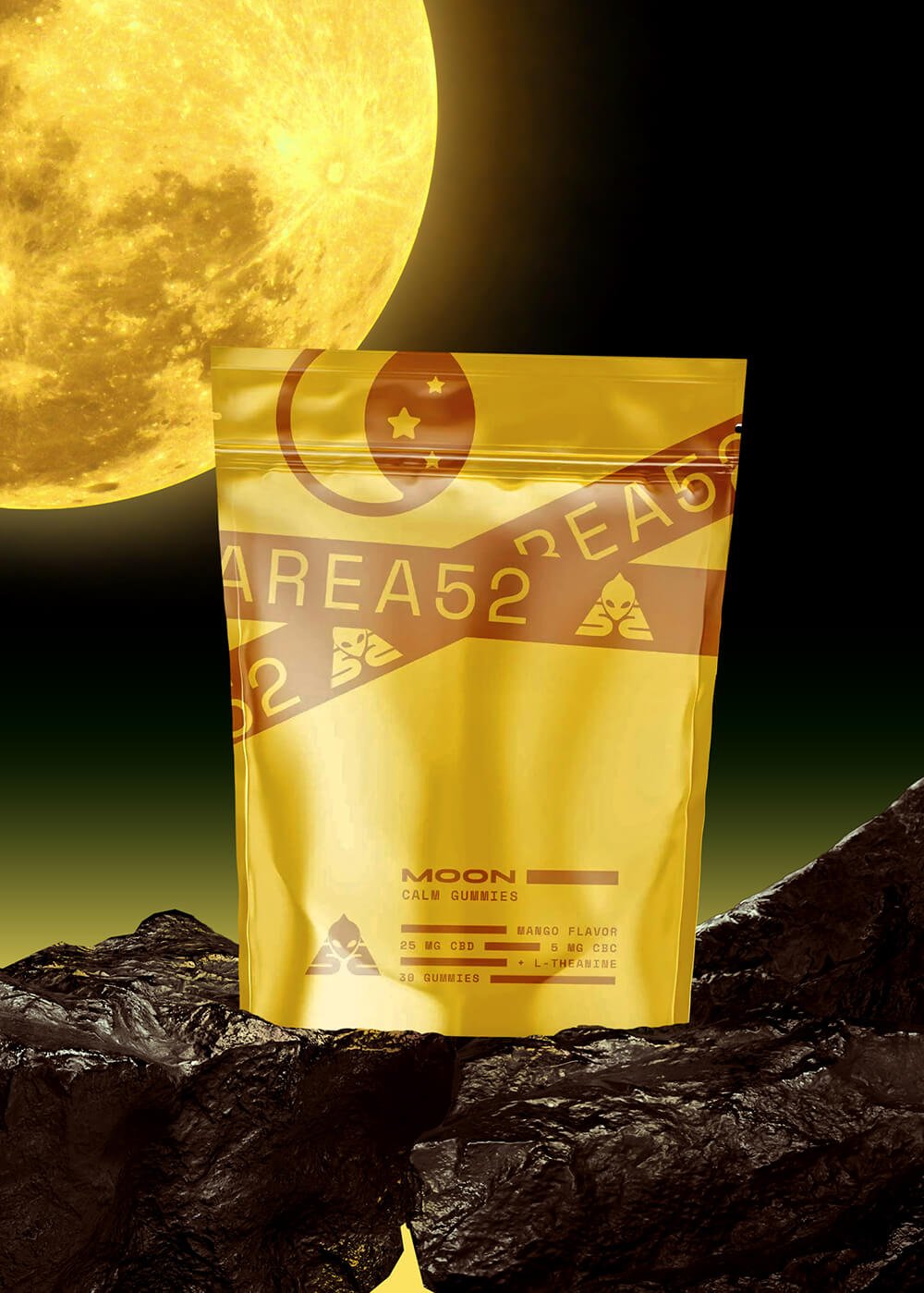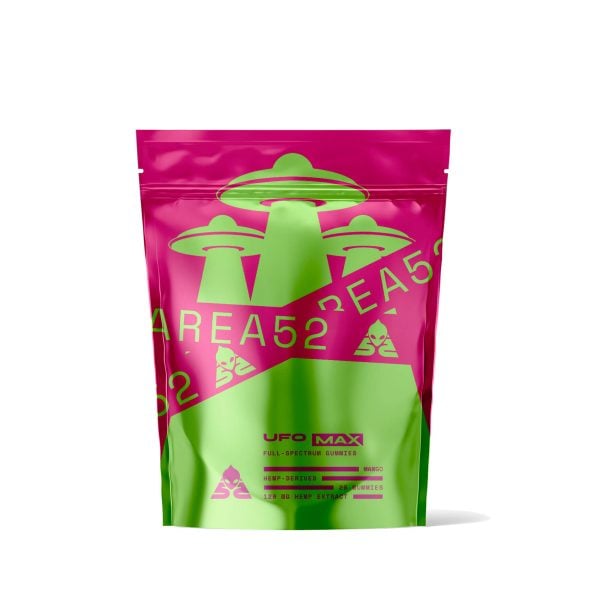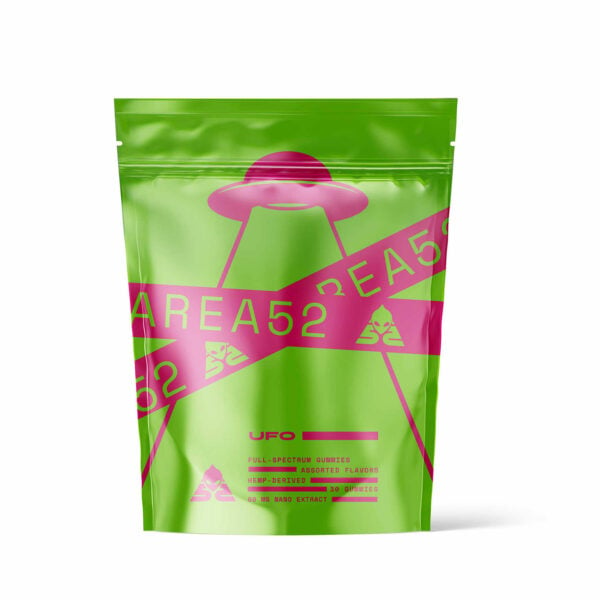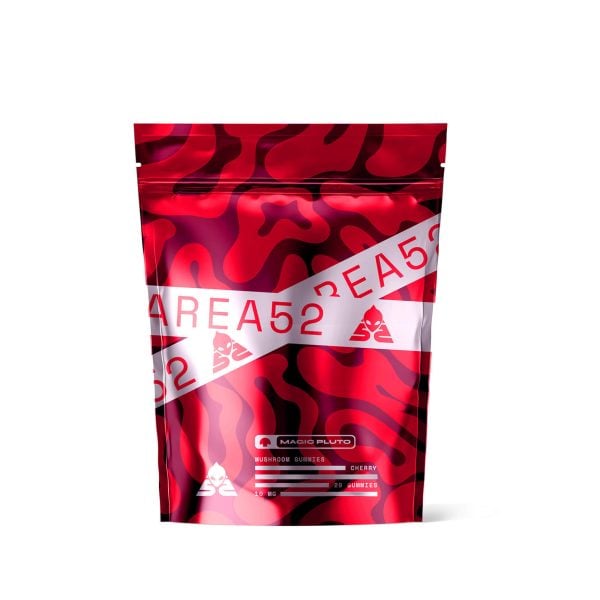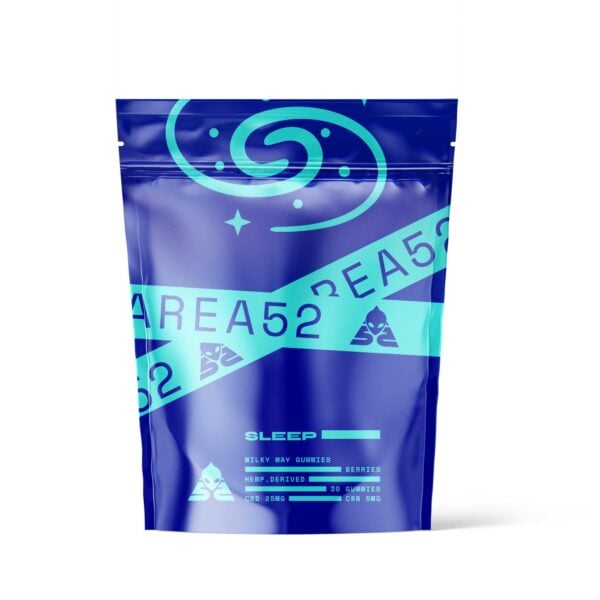What is the Entourage Effect in Cannabis? Making Delta 8 THC Even Better

The cannabis entourage effect is a term used to describe a phenomenon that makes the effects of cannabinoids stronger when in the presence of terpenes or other cannabinoids.
This concept has been found throughout the plant kingdom — most commonly referred to as synergy.
The basic principle is that the effects of the whole are greater than the sum of their parts. In other words, combining terpenes with cannabinoids doesn’t just add to the effects — it multiplies them.
Entourage Effect = Synergy
An entourage is a group of people surrounding one or more central important figures. So, for example, when the president walks into a room, he’s accompanied by his entourage. These people serve the president in different ways, making him far more effective at doing his job than if he had to do everything himself.
With the entourage effect, the many naturally occurring compounds contained inside the Cannabis sativa plant work together to exert a greater impact than any of them on their own. This concept is commonly referred to as “plant synergy.”
To visualize this concept, let’s consider every active ingredient in cannabis to have a +1 effect.
So delta 8 THC has +1, terpenes have +1, and other cannabinoids like CBD have +1 as well.
So without synergy, the effects would be:
1 + 1 + 1 = 3.
It’s simple math — however, when there’s synergy, the math looks quite a bit different.
The effects are greater than the sum of their parts so that the same equation would look something more along the lines of this:
1 + 1 + 1 = 10.
This is the incredible power of synergy. So when you take a delta 8 THC extract on its own, it’s going to feel significantly different than if you were to use a delta 8 THC extract mixed with a blend of terpenes and other compounds present in the cannabis plant.
How Does Synergy Work?
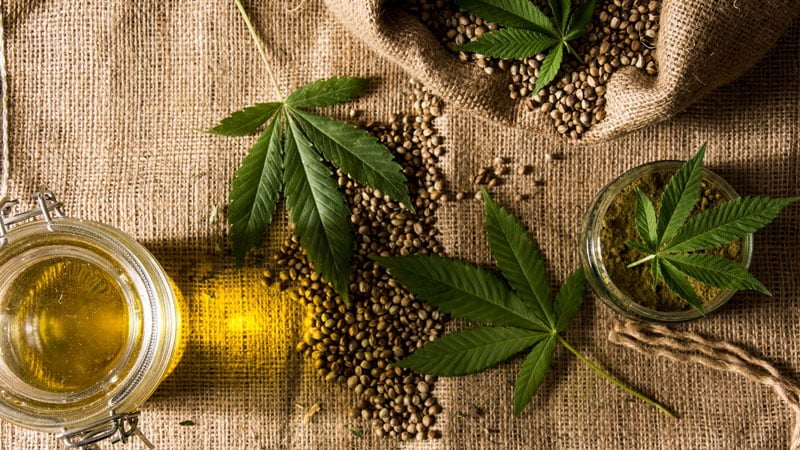
Plant synergy is complicated. It works through many different mechanisms, all working together to enhance their individual therapeutic effects and affect physiological processes.
Here are 5 of the key aspects driving synergy:
1. Shared Benefits (Agonistic Effects)
The effects of some terpenes overlap with the effects of delta 8 THC. When used together, these overlapping effects are boosted.
For example, delta 8 THC is a potent calming agent. Many terpenes also promote a sense of calmness and tranquility — such as lavandin, linalool, or myrcene.
Delta 8 THC also helps you feel more comfortable — as do the terpenes bisabolol and pinene.
There are many other examples of this too.
By pushing on the same buttons, the effects become much stronger.
2. Slows Metabolism (Metabolic Inhibitors)
Another way terpenes can boost the effects of delta 8 THC is by slowing down its metabolism and deactivation. Many terpenes and other cannabinoids are metabolized by the same liver enzymes that target delta 8 THC. By competing for these same metabolic pathways, the delta 8 THC breaks down more slowly — leading to a longer duration of effects.
3. Similar Benefits (Adjunctive Effects)
Some terpenes don’t provide the same action as delta 8 but work on similar processes that support the effects of delta 8 instead.
A good example of this is terpenes like ocimene or terpineol. They exert effects that feel good and overlap with some of the core effects of delta 8 THC but through an entirely different mechanism.
A few other examples are the uplifting or invigorating actions of various terpenes, and so much more.
4. Increased Absorption
Clinical evidence has found that some terpenes have been shown to increase the absorption of cannabinoids. This effect makes delta 8 THC and CBD, along with other cannabinoids, more efficient.
When you consume delta 8 THC tinctures or edibles, the contents need to be broken down and absorbed. The absorption rate will vary, but it’s never 100%. So there will always be some of the active ingredients wasted as they don’t absorb into the bloodstream.
Certain terpenes have been shown to increase the percentage of cannabinoids that travel from the gut to the bloodstream. They can do this in several ways, but the most common is in the digestive tract.
By boosting how these naturally occurring compounds enter the bloodstream and are absorbed by the body, users may experience similar pain relieving effects even at lower doses.
5. Enhanced Blood-Brain Barrier Permeability
The cognitive effects of delta 8 THC rely on its ability to enter the brain. Because the neurons in our brain and central nervous system are so sensitive, we have a special selective membrane that separates the inside of the brain from the arterial system that supplies blood and oxygen.
This membrane is called the blood-brain barrier. It’s designed to allow some molecules in but keeps the vast majority of them out.
Delta 8 THC can pass through the blood-brain barrier on its own — after all, if it didn’t, we wouldn’t feel any of its perceptual effects.
Some hemp-derived terpenes are thought to boost the absorption of delta 8 THC through this critical barrier.
What Are Terpenes?
A terpene is a small aromatic compound made up of a hydrocarbon group and a functional group. Every terpene has its own distinct aroma. When you smell the citrus scent from a fresh-cut lemon or experience the aroma of a rose, lavender, or just about any other flower on earth — what you’re really smelling are terpenes as they evaporate out of the plant into the air.
The hemp plant also produces terpenes in abundance — which is what gives cannabis its distinct aroma.
Many of the terpenes produced in the hemp plant are also found elsewhere. Here are just a few examples:
- Lavandin — also found in lavender
- Bisabolol — also found in chamomile
- Menthol — also found in mint
- Eucalyptol —also found in the eucalyptus tree
- Myrcene — also found in mangos
- Pinene —also found in pine trees
- Limonene — also found in citrus fruits
- Humulene — also found in hops
There are hundreds of different terpenes produced in the hemp plant, each offering its own characteristic aroma and effect profile.
Not All Terpenes Are Terpenes
Yes, you read that correctly.
When we refer to terpenes, especially in hemp or cannabis, this word has replaced the more traditional word essential oil — which refers to the entire volatile profile of the plant. Those are the compounds that evaporate under low temperatures and contribute to the plant’s overall smell.
Not all of these volatile compounds are classified as terpenes. There are also alcohols, phenols, oxides, aldehydes, ketones, and esters grouped under the terpene name.
There are even sub-types of each category, including terpenes. In addition, there are monoterpenes, diterpenes, triterpenes, and more.
The difference between each category comes down to their chemical structures:
- Terpenes — hydrocarbon base + functional group
- Sesquiterpenes — hydrocarbon base + multiple functional groups
- Alcohols — molecules with at least one hydroxyl group
- Phenols — phenyl base + hydroxy group
- Aldehydes — alcohol base + oxide group
- Ketones — carbonyl + oxygen group
- Esters — Acid + O-alkyl group
When Was the Entourage Effect Discovered?
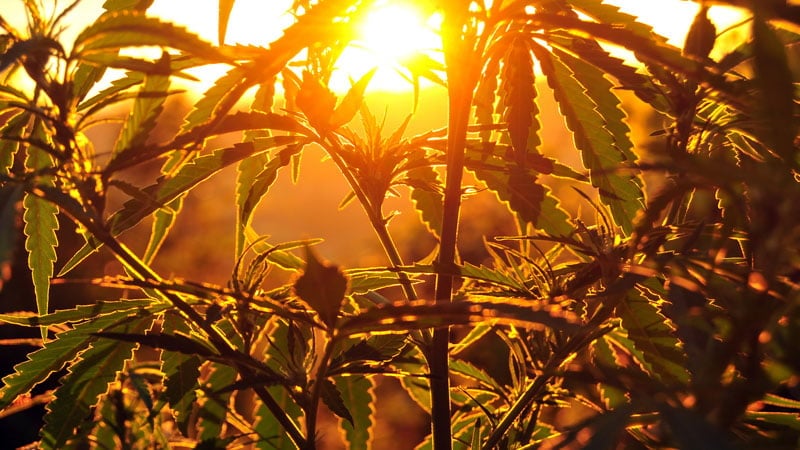 The concept of plant synergy has been around for a long time. For example, herbalists and traditional healers have been combining various herbs for centuries to enhance their strength.
The concept of plant synergy has been around for a long time. For example, herbalists and traditional healers have been combining various herbs for centuries to enhance their strength.
However, the term “entourage effect” regarding cannabis was first highlighted in a paper published in the European Journal of Pharmacology in 1998. Researchers Raphael Mechoulam and Shimon Ben-Shabat discovered a series of metabolites in the human body that appeared to affect the body’s natural cannabinoid receptor called 2-AG.
A year later, the same group published another paper that highlighted a similar effect in cannabis extracts. They discovered that extracts that contained multiple ingredients were far greater than extracts consisting of single, isolated ingredients.
How To Take Advantage of the Entourage Effect
Taking advantage of the entourage effect means using products that come preformulated with additional terpenes or cannabinoids or mixing your own by ordering concentrated terpenes yourself.
All of our tinctures come premade with additional terpenes to boost their effectiveness and improve the flavor of the oil.
You can also order terpenes from independent suppliers and add a few drops to every bottle of tincture or distillate you want.
The decision to add terpenes depends on what you want to get out of using the extract. For example, the combination of certain cannabinoids and terpenes effectively reduces pain sensation compared to using isolates alone. From modest pain relieving efficacy to enhanced effects, the combination boosts pain therapies while potentially reducing adverse effects.
Here are a few examples of terpenes you can leverage for a greater level of effect:
- Lavandin — adds a lavender flavor and provides calming qualities
- Limonene — adds a citrus flavor and provides uplifting qualities
- Bisabolol —adds a chamomile flavor and has relaxing effects
- Camphene — improves the absorption of cannabinoids
- Humulene —adds bitter flavor and has comforting qualities
- Linalool — adds a floral flavor and enhances relaxing qualities
- Ocimene — adds a woody aroma and can be invigorating
Final Thoughts: Should I Add Terpenes to My Delta 8 THC Extracts?
The entourage effect is a well-known phenomenon these days. It was first pointed out in 1998, but the concept of plant-based synergy has been recognized for hundreds of years.
The entourage effect concept suggests that cannabinoids like delta 8 THC are going to be more efficient when used alongside terpenes and other cannabinoids extracted from hemp.
Inspired by the entourage effect, we add a blend of hemp-derived terpenes to all our delta 8 THC tinctures. If you’re using products made by other brands, you can also order concentrated cannabis terpenes online to boost your tinctures yourself.
Frequently Asked Questions
1. What Is the 1:1 Entourage Effect?
The “1:1 entourage effect” that you commonly encounter in the cannabis industry typically refers to the equal parts of two cannabinoids, such as THC and CBD, to produce a more balanced effect. This ratio also leverages the entourage effect, with both cannabinoids boosting their health effects. Do note though that even synthetic cannabinoid agonists can also trigger the entourage effects since these mimic the actions of our natural cannabinoids.
2. What Does the Entourage Effect Feel Like?
Most people describe the entourage effect as a more nuanced, well-rounded experience compared to using a single cannabinoid alone. You may notice enhanced relaxation, better mood, or stronger physical comfort. The exact feeling varies though and depends on the terpene profile and the types of cannabinoids in the product.
3. What Terpenes Should I Avoid for Anxiety?
Terpenes like pinene or limonene can be energizing, but in some individuals, they may heighten anxious feelings. Strains high in strong, pungent terpenes (those with diesel or skunky aromas) might also exacerbate nervousness. If you’re prone to anxiety, you can experiment cautiously with “calming” terpenes like linalool or bisabolol instead.
4. Do Edibles Have the Entourage Effect?
Yes. Edibles that include a broad or full spectrum of cannabis compounds can deliver the entourage effect, just as smoking or vaping can. Before buying, always check product labels to ensure multiple active components are present.
5. What Is Greening Out?
“Greening out” occurs when someone consumes more cannabis (including edibles, concentrates, or flower) than their body can comfortably handle. Symptoms often include dizziness, sweating, nausea, or extreme anxiety. While not generally dangerous, it can be an unpleasant experience, highlighting the importance of pacing and mindful dosing.
